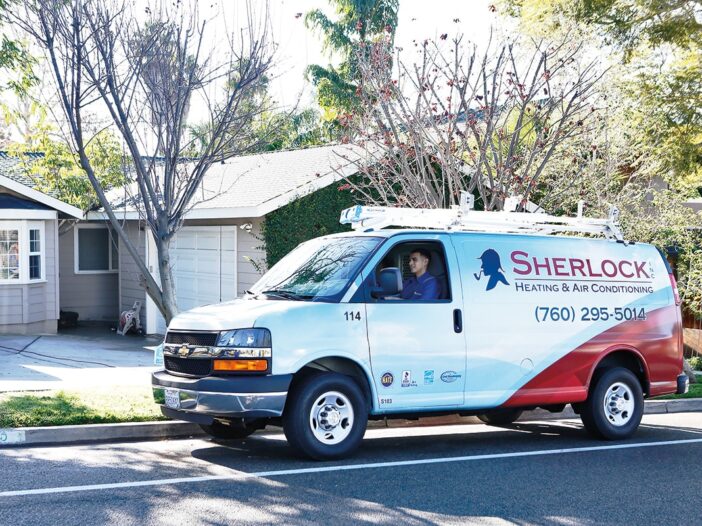
Skylights are prized for their aesthetic value, brightening homes with natural light. They can also make a home feel warmer during the colder seasons via passive solar heating, and if they are the type that open, can provide beneficial ventilation. However, they can have drawbacks as well, including a detrimental effect on the overall energy efficiency of your home. So are you wasting energy with your skylight?
Skylights can waste energy in several ways. Solar heat gain is often an issue. Skylights can cause as much as four times as much heat gain as a standard window, making your air conditioner work much harder. Heat loss is often an issue in the cooler months, with a skylight installed in the roof typically allowing 35–45 percent more heat loss than a standard window would.
Placement can make a big difference in energy efficiency. For instance, on a north-facing roof, skylights provide light with minimal heat, while south-facing skylights will produce the most solar heat gain.
Both heat loss and heat gain can also be affected by the angle at which your skylight is installed. The flatter the angle, the more sunlight it will be exposed to in the summer, meaning more heat gain. It also increases heat loss during heating season and decreases passive solar heating. The California Energy Commission recommends that skylights be positioned at an angle that is 5–15 degrees greater than the geographical latitude of your area, which is 32 for San Diego.
Lastly, energy efficiency can be greatly affected by the methods and materials used in skylight construction. Choosing skylights that have the federal Energy Star label can reduce energy waste by as much as 40 percent. Using shades, louvers, or awnings with your skylight — particularly if it isn’t a new, energy-efficient type — can also help minimize energy waste.

